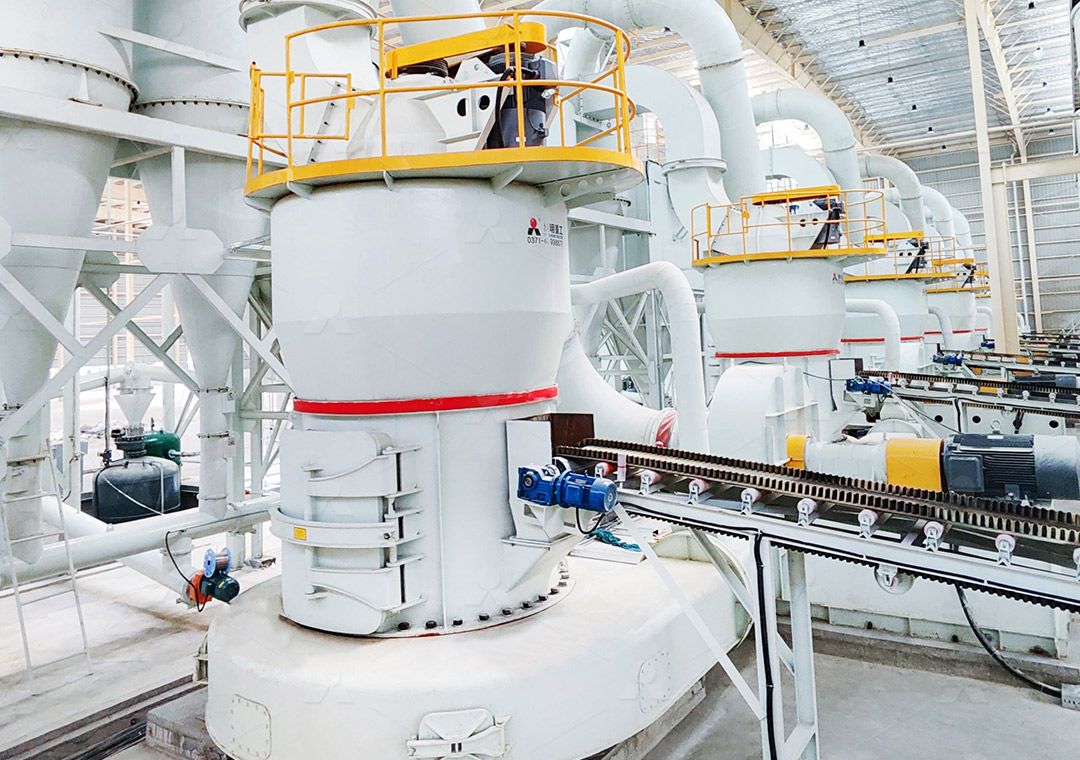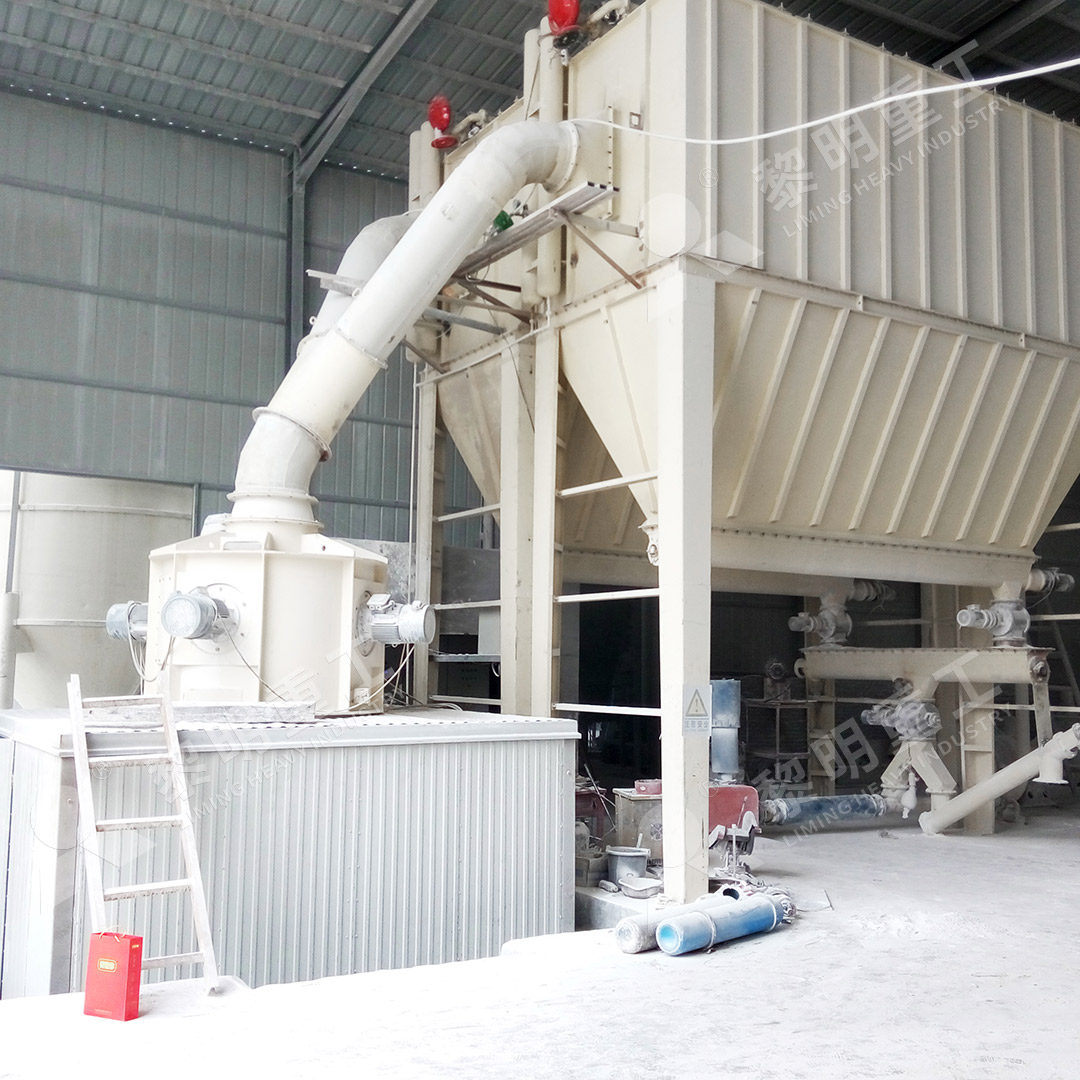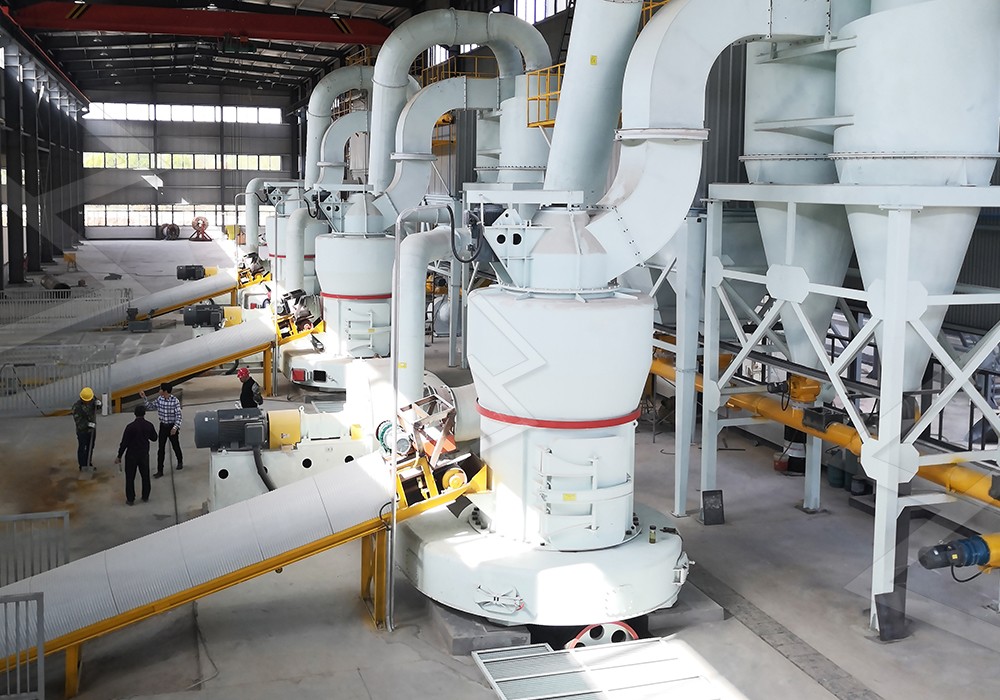Raymond Mill: A Comprehensive Guide to Grinding and Milling Equipment
We provide a wide range of mills — including Raymond mill, trapezoidal mill, vertical mill, ultrafine mill, and ball mill, obtained ISO9001 international quality certification, EU CE certification, and Customs Union CU-TR certification. Suitable for processing minerals such as limestone, phosphate, quicklime, kaolin, talc, barite, bentonite, calcium carbonate, dolomite, coal, gypsum, clay, carbon black, slag, cement raw materials, cement clinker, and more.
The discharge range of these mills can be adjusted to meet specific processing needs, typically from 80-400 mesh, 600-3250 mesh, and can achieve the finest particle size of up to 6000 mesh(D50).
If you are looking for a reliable grinding solution to turn stone or minerals into fine powder, please feel free to contact our online customer service.
Raymond Mill: A Comprehensive Guide to Grinding and Milling Equipment
In the world of industrial processing, grinding and milling equipment serves as the backbone of countless operations across mining, construction, and manufacturing sectors. These machines transform raw materials into fine powders essential for everything from cement production to pharmaceutical manufacturing. Understanding the capabilities and applications of different milling technologies is crucial for optimizing production efficiency and product quality.

The Evolution of Grinding Technology
Traditional grinding methods have come a long way since the early days of simple crushing mechanisms. The original Raymond mill, developed in the early 20th century, revolutionized material processing with its efficient grinding ring and roller design. Today’s advanced milling equipment builds upon this foundation while incorporating modern technologies that enhance precision, efficiency, and environmental compatibility.
Modern grinding mills must balance multiple competing demands: energy efficiency, production capacity, particle size control, operational stability, and environmental compliance. The best equipment achieves this through intelligent engineering that addresses the specific challenges of different materials and production requirements.
Key Considerations in Mill Selection
When selecting grinding equipment, several factors demand careful consideration. The hardness, moisture content, and abrasiveness of raw materials significantly impact mill performance and wear part longevity. Production capacity requirements must align with operational goals, while particle size distribution needs dictate the appropriate grinding and separation mechanisms.
Operational costs represent another critical consideration. Energy consumption, maintenance requirements, and spare part availability all contribute to the total cost of ownership. Environmental factors including dust control, noise reduction, and emissions compliance have become increasingly important in equipment selection.

Advanced Grinding Solutions
For operations requiring ultra-fine powder production, the MW Ultrafine Grinding Mill represents a significant technological advancement. This equipment excels in processing materials between 325-2500 meshes with impressive production capacity ranging from 0.5 to 25 tons per hour. Its innovative design eliminates rolling bearings and screws within the grinding chamber, substantially reducing maintenance concerns and potential failure points.
The MW series incorporates German cage-type powder selector technology, enabling precise control over final product fineness. What truly sets this mill apart is its remarkable efficiency – achieving 40% higher production capacity compared to jet mills while consuming only 30% of the energy. The integrated pulse dust collector and muffler system ensures environmentally responsible operation that meets stringent international standards.
Another standout performer is the LUM Ultrafine Vertical Grinding Mill, which combines Taiwanese grinding roller technology with German powder separation expertise. This vertical mill configuration offers particular advantages for materials requiring precise particle size control between 0-10mm input size. Its unique roller shell and lining plate grinding curve design promotes efficient material layer formation, enhancing finished product quality while reducing iron contamination.
Operational Excellence and Maintenance
Proper mill operation begins with comprehensive operator training and understanding of material characteristics. Regular maintenance schedules, including inspection of grinding elements, lubrication systems, and separation mechanisms, prevent unexpected downtime. Modern mills incorporate digital monitoring systems that track performance metrics and alert operators to potential issues before they escalate into major problems.
The strategic placement of lubrication points outside the grinding chamber, as seen in the MW Ultrafine Grinding Mill, enables maintenance without production stoppages. This design philosophy, combined with readily available spare parts, ensures continuous operation and rapid response to any operational challenges.

Applications Across Industries
Modern grinding equipment serves diverse industrial sectors with equal competence. In construction, mills process limestone and gypsum for cement production. The chemical industry relies on precise particle size control for catalysts and additives. Food and pharmaceutical applications demand ultra-fine powders with strict contamination controls, while mining operations process various ores for further extraction processes.
The versatility of equipment like the MW Ultrafine Grinding Mill is demonstrated through its successful application across materials including calcite, dolomite, petroleum coal, barite, marble, talc, and numerous other minerals. This adaptability makes it an invaluable asset for operations processing multiple material types or those anticipating future diversification.
Frequently Asked Questions
What is the typical particle size range for ultra-fine grinding mills?
Advanced mills like the MW Ultrafine Grinding Mill can produce powders ranging from 325 to 2500 meshes, with the capability to achieve d97≤5μm in a single pass. The exact fineness depends on material characteristics and specific machine configuration.
How does the energy consumption of modern mills compare to traditional equipment?
Contemporary designs demonstrate significant energy improvements. The MW Ultrafine Grinding Mill consumes approximately 30% of the energy required by jet grinding mills while delivering 40% higher production capacity, representing a substantial operational cost reduction.
What maintenance advantages do newer mill designs offer?
Innovations like the absence of rolling bearings and screws in the grinding chamber (as seen in the MW series) eliminate common failure points. External lubrication systems enable maintenance without shutdowns, while reversible structures in vertical mills simplify roller inspection and replacement.
How do modern mills address environmental concerns?
Integrated pulse dust collectors effectively contain particulate matter, while mufflers and noise elimination rooms reduce acoustic emissions. Negative pressure systems prevent dust escape, and advanced sealing technologies maintain clean operation that exceeds international environmental standards.
What materials can be processed using ultra-fine grinding mills?
These mills handle diverse materials including limestone, calcite, dolomite, petroleum coal, gypsum, barite, marble, talc, and various industrial minerals. They also process materials for chemical, paint, cosmetic, pharmaceutical, and food additive applications.
